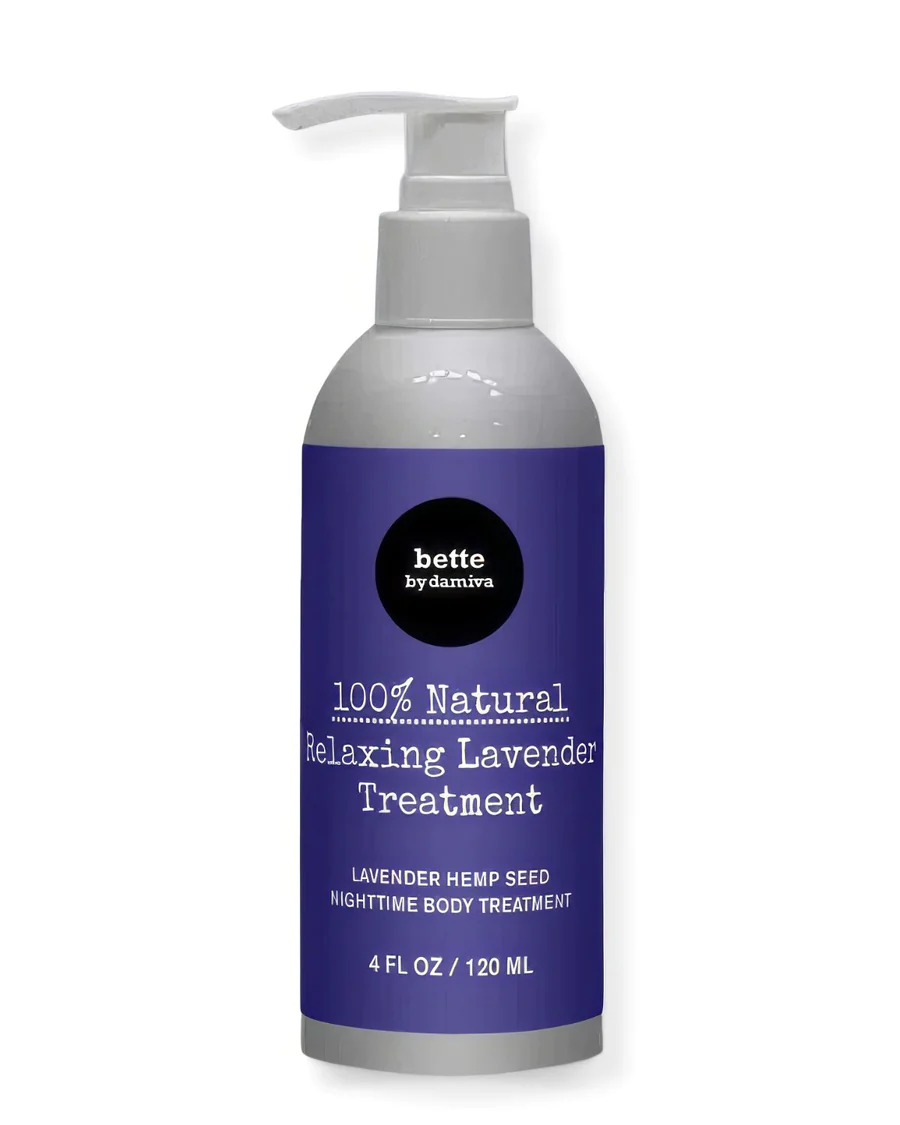Defining Joint Pain (Arthralgia)
Joint pain, or arthralgia, is a common complaint that can range from mild discomfort to debilitating pain, affecting one or multiple joints. It is characterized by soreness, aching, or discomfort that arises from within the joint itself. Unlike arthritis, which involves inflammation and potential damage to the joint structure, arthralgia may not always be associated with visible signs of inflammation or joint damage.
The Prevalence of Joint Pain in Menopause
Joint pain is a prevalent symptom among women undergoing menopause, with more than half reporting varying degrees of discomfort. This symptom can significantly impact the quality of life, as it often coincides with other menopausal symptoms such as hot flashes, mood swings, and sleep disturbances. The exact prevalence is difficult to pinpoint, but it is recognized as a common issue that increases during the menopausal transition.
Hormonal Changes and Their Impact on Joints
The onset of menopause brings about significant hormonal changes, particularly a reduction in estrogen levels. Estrogen is known to play a crucial role in maintaining joint and bone health. Its decline during menopause can lead to increased joint pain, stiffness, and potentially contribute to the development of osteoarthritis. The hormonal fluctuations can also affect cartilage, the connective tissue that cushions joints, leading to increased discomfort during this period.
Differentiating Between Arthralgia and Arthritis
While both arthralgia and arthritis can cause joint pain, it is essential to differentiate between the two. Arthralgia refers to the symptom of joint pain without underlying inflammation, whereas arthritis is a disease characterized by joint inflammation that can result in pain, swelling, stiffness, and reduced mobility. Menopause can exacerbate pre-existing arthritis or be mistaken for it due to similar symptoms. However, arthritis involves chronic joint inflammation and may require different treatment approaches. It is crucial for women experiencing joint pain during menopause to seek medical advice to determine the correct diagnosis and appropriate management strategies.
Biological Mechanisms Linking Menopause to Joint Pain
Role of Estrogen and Progesterone in Joint Health
Estrogen and progesterone are not only pivotal in regulating the female reproductive system but also play a significant role in maintaining joint health. Estrogen, in particular, has been shown to influence the integrity of joint tissues, including cartilage, ligaments, and bone. It modulates the synthesis of collagen and proteoglycans, which are essential components of cartilage, and also affects the balance between the breakdown and repair of these tissues. Progesterone’s role is less clear, but it may work in concert with estrogen to maintain joint health. The decline in these hormones during menopause is believed to contribute to the increased prevalence of joint pain (arthralgia) observed in postmenopausal women.
Inflammation and Menopausal Hormonal Fluctuations
The hormonal fluctuations that characterize menopause can lead to systemic inflammation, which is a known contributor to joint pain. Estrogen has anti-inflammatory properties, and its reduction can result in an increase in pro-inflammatory cytokines. These cytokines can exacerbate joint pain by promoting inflammation within the joint capsule and surrounding tissues. The relationship between inflammation, hormonal changes, and joint pain is complex and suggests that menopause may indirectly contribute to joint pain through its impact on inflammatory processes.
The Effect of Aging on Joint Integrity
Aging is associated with a natural decline in the structural integrity of joints. This decline is due to a variety of factors, including cumulative mechanical stress, decreased regenerative capacity of cartilage, and changes in the composition of the extracellular matrix. Menopause often coincides with the age-related changes in joint health, making it challenging to differentiate the effects of aging from those of menopause. However, the hormonal changes that occur during menopause may accelerate the age-related degeneration of joint tissues, leading to an increased risk of joint pain and conditions such as osteoarthritis.
In conclusion, the biological mechanisms linking menopause to joint pain involve a complex interplay between hormonal changes, inflammation, and age-related degeneration of joint tissues. Understanding these mechanisms is crucial for developing targeted interventions to alleviate joint pain in menopausal women.
By the way, something for you, a little gift!!!
I am just in the middle of publishing my book. It’s about How women can balance their hormones. One part is about food and diet, of course.
Follow this link and enter your email.
I will send you this part of the book for free once the book is published. It has many concrete, practical tips and recipes and will help you feel better during menopause or times of Big hormonal fluctuations.
Annette, Damiva Lead for Health & Wellness

Natural Management of Joint Pain During Menopause
Dietary Approaches to Reduce Inflammation
Adopting an anti-inflammatory diet is a cornerstone in managing menopausal joint pain. Foods rich in antioxidants and phytonutrients can help reduce inflammation. These include:
- Tomatoes and green leafy vegetables like spinach and kale
- Fruits such as berries, oranges, and cherries
- Nuts, especially almonds and walnuts
- Fatty fish like salmon, mackerel, and sardines, which are high in omega-3 fatty acids
- Olive oil as a primary fat source
Reducing the intake of processed foods, sugars, and red meats can also help lower inflammation levels in the body.
Herbal Remedies and Their Efficacy
Several herbal remedies have been traditionally used to manage joint pain and inflammation. Some of the most promising include:
- Ginger and Turmeric: Both have anti-inflammatory properties and can be added to the diet or taken as supplements.
- Green Tea: Rich in polyphenols, green tea may help reduce inflammation and joint pain.
- Arnica: Available in topical forms, arnica may help with pain relief and inflammation.
- Ginseng extract: Known for its anti-inflammatory effects, ginseng may help reduce joint pain.
It’s important to consult with a healthcare provider before starting any herbal remedy to ensure it’s appropriate for your situation.
Physical Activity and Joint Support
Exercise is essential for maintaining joint health. Activities such as yoga, swimming, and walking are low-impact options that can strengthen muscles around the joints, improve flexibility, and reduce stiffness. Resistance training is particularly beneficial as it strengthens the muscles and connective tissues, providing better joint support. A proper warm-up is crucial to prepare the joints for activity and prevent injury.
The Role of Supplements in Managing Symptoms
Supplements may offer additional support for joint health during menopause. Some of the supplements that have shown promise include:
- Omega-3 Fatty Acids: Found in fish oil, these can help reduce inflammation.
- Vitamin D: Essential for bone health, it can be taken as a supplement or obtained through sun exposure.
- Glucosamine and Chondroitin: These supplements may help with cartilage repair and overall joint health.
- Collagen Peptides: They may aid in connective tissue recovery and pain reduction.
It’s important to discuss with a healthcare provider before starting any supplement to ensure it’s safe and to determine the appropriate dosage.
By integrating these natural management strategies, women can address menopausal joint pain effectively. It’s essential to approach these remedies with the guidance of a healthcare professional to tailor a plan that suits individual health needs and to monitor progress.

Bette 100% All-Natural Relaxing Lavender Body Lotion.
Chemical-Free
Your relaxing night time body moisturizer to leave the day’s stress behind. Decompress and wish your body good night with the calming scent of lavender.
Specific Natural Remedies and Their Applications
Capsaicin from Chili Peppers for Pain Relief
Derived from chili peppers, capsaicin is a natural compound known for its pain-relief properties. When applied topically, capsaicin can cause a warming sensation that helps to reduce the sensation of pain by depleting the local supply of substance P, a chemical component that carries pain messages to the brain. This makes it a useful remedy for those experiencing joint pain during menopause.
Green Tea’s Anti-Inflammatory Properties
Green tea is rich in polyphenols, which are antioxidants with potent anti-inflammatory effects. One of the most significant polyphenols in green tea is epigallocatechin gallate (EGCG), which has been shown to reduce inflammation and protect cartilage, potentially easing joint pain associated with menopause. Regular consumption of green tea may offer relief and serve as a preventive measure against joint discomfort.
Ginger and Turmeric as Herbal Anti-Inflammatories
Both ginger and turmeric are renowned for their anti-inflammatory properties, largely due to compounds called gingerols and curcumin, respectively. These compounds help reduce inflammation and joint pain, making them beneficial for menopausal women. They can be consumed in various forms, such as teas, capsules, or added to food, providing a natural approach to managing joint discomfort.
The Importance of Vitamin C and Omega-3 Fatty Acids
Vitamin C is essential for the synthesis of collagen, a key component of cartilage. A diet rich in vitamin C can help maintain joint health and potentially reduce pain. Foods high in vitamin C include citrus fruits, strawberries, and bell peppers. Similarly, omega-3 fatty acids, found in fish like salmon and in flaxseeds, have anti-inflammatory effects that can alleviate joint pain. Incorporating these nutrients into your diet can support joint health during menopause.
Vitamin D and Sun Exposure for Joint Health
Vitamin D plays a crucial role in bone and joint health. Deficiency in vitamin D is associated with an increased risk of joint pain. Sun exposure is a natural way to increase vitamin D levels, but it’s important to balance this with skin health concerns. For those with limited sun exposure, vitamin D supplements can be an alternative. Maintaining adequate vitamin D levels is especially important for menopausal women to support overall joint health.
In conclusion, these natural remedies can be incorporated into daily routines to help manage joint pain during menopause. While they offer potential relief, it’s important to consult with a healthcare provider before starting any new treatment, especially if you have existing health conditions or are taking other medications.
Lifestyle Changes to Alleviate Menopausal Joint Pain
Adopting an Anti-Inflammatory Diet
One of the most effective ways to combat joint pain during menopause is through dietary adjustments. An anti-inflammatory diet focuses on foods that reduce inflammatory responses in the body. This includes a variety of fruits and vegetables, such as berries, leafy greens, and tomatoes, which are rich in antioxidants and phytonutrients. Fatty fish like salmon, rich in omega-3 fatty acids, can also help reduce inflammation. Additionally, incorporating nuts, olive oil, and whole grains can contribute to a healthier joint environment. It’s equally important to avoid or limit foods that can exacerbate inflammation, such as processed foods, sugary treats, and fried items.
Exercise Strategies for Joint Pain Relief
Physical activity is crucial for maintaining joint health, but it’s important to choose the right type of exercise to avoid exacerbating joint pain. Low-impact exercises such as swimming, cycling, yoga, and walking can strengthen the muscles around the joints without putting undue stress on them. Regular exercise not only helps with joint flexibility and pain but also contributes to overall health and weight management, which is vital as excess weight can increase joint stress. Incorporating strength training can also improve joint stability and reduce the risk of injury.
Stress Management and Its Impact on Joint Pain
Stress can have a significant impact on menopausal joint pain. High levels of stress hormones like cortisol can lead to increased inflammation and pain. Therefore, incorporating stress-reduction techniques such as mindfulness meditation, deep breathing exercises, or gentle yoga can be beneficial. Even simple activities like reading, listening to music, or spending time in nature can help lower stress levels. Ensuring adequate sleep and seeking social support can also play a role in managing stress and reducing its impact on joint health.
By making these lifestyle changes, women going through menopause can not only alleviate joint pain but also enhance their overall well-being. It’s important to remember that these changes should be implemented gradually and with consideration of one’s individual health status. Consulting with a healthcare provider before starting any new exercise regimen or making significant dietary changes is always recommended.
When to Seek Medical Advice
Identifying Symptoms That Require Professional Attention
While joint pain during menopause is common, certain symptoms should prompt you to seek medical advice. If you experience intense pain, swelling, redness, or warmth around the joints, these could be signs of a more serious condition. Additionally, if you notice sudden changes in the appearance of your joints or have difficulty using them for everyday tasks, professional evaluation is necessary. Persistent pain that does not improve with self-care measures, such as rest and over-the-counter pain relief, also warrants a visit to your healthcare provider.
Possible Underlying Conditions Mimicking Menopausal Joint Pain
Several conditions can mimic the joint pain associated with menopause, making it crucial to differentiate between them. Rheumatoid arthritis (RA) is an autoimmune disorder that causes pain, swelling, and damage to the joints. Fibromyalgia is another condition characterized by widespread musculoskeletal pain, often accompanied by fatigue, sleep, memory, and mood issues. Both RA and fibromyalgia require specific medical treatments, and an accurate diagnosis is essential for effective management. Other conditions such as osteoarthritis and inflammatory diseases can also present with joint pain and should be considered by your healthcare provider.
The Role of Blood Tests in Diagnosing Joint Pain Causes
Blood tests play a pivotal role in diagnosing the cause of joint pain. They can help to rule out infections, check for markers of inflammation, and identify autoimmune disorders like RA. Specific tests, such as the rheumatoid factor (RF) and anti-cyclic citrullinated peptide (anti-CCP) antibodies, can support a diagnosis of RA. Blood tests can also measure levels of uric acid for gout, another potential cause of joint pain. Your doctor may also recommend checking hormone levels to understand if menopause is contributing to your symptoms. It’s important to remember that while blood tests can provide valuable information, they should be interpreted in the context of your overall health and symptoms.
In conclusion, while menopausal joint pain is often due to hormonal changes, it’s important not to dismiss persistent or severe symptoms. Seeking medical advice ensures that you receive a proper diagnosis and appropriate treatment, whether your joint pain is related to menopause or another underlying condition.

From unhappy, dry, and sandpaper to silky, smooth and feeling good. That’s Cleo. Cleo is a 100% natural labial balm to moisture and soothe “your other lips”. Cleo is chemical-free, water-free, pH optimized and helps maintain and restore your delicate labial skin’s natural flora. Ideal for daily use or as needed. Get the most silky, lovable lips ever.
Conclusion: Living with Menopausal Joint Pain
Throughout this article, we have explored the intricate relationship between menopause and joint pain, a condition medically referred to as arthralgia. We’ve learned that menopausal joint pain is a prevalent issue, affecting a significant number of women during this transitional phase. The hormonal changes, particularly the decline in estrogen, play a pivotal role in the health of joints, potentially leading to increased discomfort and pain. While arthralgia is a subjective experience of joint pain, it is important to differentiate it from arthritis, which involves actual joint damage. We’ve also discussed the various biological mechanisms that link menopause to joint pain, including the role of hormones, inflammation, and the natural aging process.
The Importance of a Holistic Approach to Management
Managing menopausal joint pain requires a holistic approach that encompasses lifestyle changes, dietary modifications, and possibly medical interventions. Natural management strategies, such as anti-inflammatory diets, herbal remedies, physical activity, and supplements, have been shown to offer relief. It’s crucial to understand that no single remedy is a panacea; rather, a combination of approaches tailored to an individual’s specific needs and health profile is most effective. This comprehensive strategy not only addresses the symptoms but also contributes to overall well-being and quality of life during menopause.
Encouragement for Ongoing Research and Personal Advocacy
While significant strides have been made in understanding menopausal joint pain, there is still much to learn. Ongoing research is essential to uncover the full scope of this condition and to develop new and more effective treatments. As a reader, you are encouraged to stay informed and to advocate for your health. If you are experiencing joint pain during menopause, engage in open dialogues with healthcare providers, seek out specialists if necessary, and consider sharing your experiences to help others navigate this challenging time. Remember, you are not alone, and with the right knowledge and support, you can manage menopausal joint pain and maintain an active, fulfilling life.











